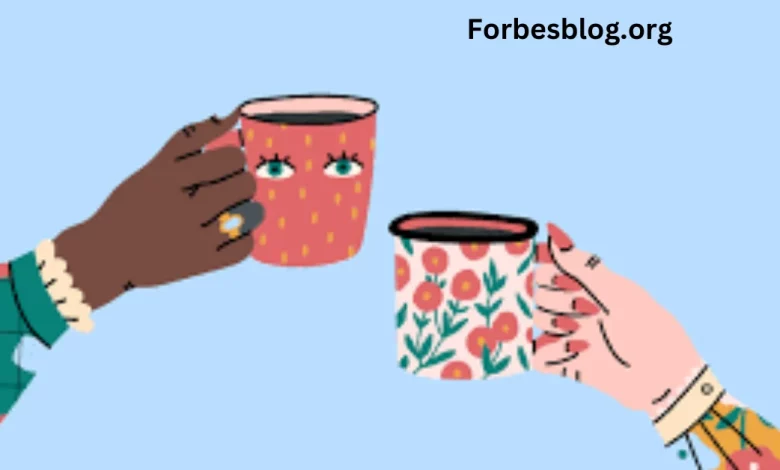5 Current and Popular Trends in Illustration

Illustration is a field of infinite possibilities. Whether you work as a graphic designer or a children’s book collaborator, creating eye-catching visual depictions can be very rewarding. If you’re an artist looking to stay up to date, here are five current and popular trends in illustration.
Table of Contents
1. Hand-Drawing
Technology has made leaps and bounds in the past decade or so. Because of this, graphic designs have become immensely popular. Therefore, an inevitable pushback towards computer-based illustrations is occurring. Hand drawing is now one of the staples of current illustrations.
What hand-drawing sometimes lacks in wacky, three-dimensional concepts, it makes up for in beautiful realism and texture. For instance, hand-drawn wood baseball bats can seem to be mid-swing while still looking sturdy.
One thing to keep in mind is style. While hand drawing has become more popular, there are certain styles in the field that aren’t very modern. Try to avoid hyperrealism and a large color palette.
2. Retro Styling
Who doesn’t want to see illustrations from the past? Retro styling has been in before, but it’s currently experiencing a large increase in popularity. Whatever the reason may be, styles from the sixties to the nineties are cropping up everywhere.
The psychedelic and colorful art trends from the sixties are making a large reappearance. This style is meant to portray images one might see on a psychedelic trip. Odd images, bright colors and lots of activity are usually involved.
Another trend to keep an eye on is nineties retro. A large reason for this resurgence is nostalgia. Now that nineties kids have become adults, the desire to see familiar art from childhood has become strong. Nineties styling generally includes bold graphics, neon colors and fashion styles (clothing can clearly specify what decade the illustration is depicting).
3. Diversity
While diversity may not be an artistic style, it’s one of the most important trends in the world of illustration. Essentially, diversity refers to the inclusion of all types of people within art. People of all colors, sexualities and genders should be featured in popular illustrations. While this may be difficult for you, especially if you have limited knowledge of other cultures, it can do a world of good for those viewing your work.
For one thing, representation matters. People who aren’t white cisgender men often have a hard time finding personal depictions in media. This can be disheartening, especially for young people looking for role models. By showing an array of people, you can connote your support and love for others and provide representation.
Also, diversity behind the scenes can be extremely helpful. By engaging with people from other walks of life, you can gain new perspectives and learn from unique styles. After doing this, your audience may begin to broaden, as well as your outlook on illustrations in general.
4. Surrealism
Surrealism is an interesting style that seems to be experiencing a renaissance. This style, familiar to many as the style of Salvador Dali, is one of the most interesting and bizarre types of art out there. Surrealism came as a response to World War I, and it depicts unexplainable and somewhat disturbing images. It’s often described as images from a dream.
While surrealism isn’t for everyone, especially if you’re marketing to kids or formal outlets, it’s an excellent way to display creativity and uniqueness. If you’re interested in trying it, be sure to look online for digital tools. Digital surrealism in particular is steadily becoming a mainstay.
5. Gradients
Color gradients, which refer to a range of colors that slowly blend into each other, are becoming highly popular for illustrators. While working with a lot of colors can be tempting, especially if you’re looking for realism, using fewer colors may actually be more eye-catching.
Choose a gradient that fits the overall aesthetic of your project. If you feel limited, remember that even a small gradient contains hundreds of colors. You’ll have options to choose from.
The ever-changing nature of art makes illustration an exciting industry to work in. Keep on your toes, collaborate with others and enjoy your creative process.




